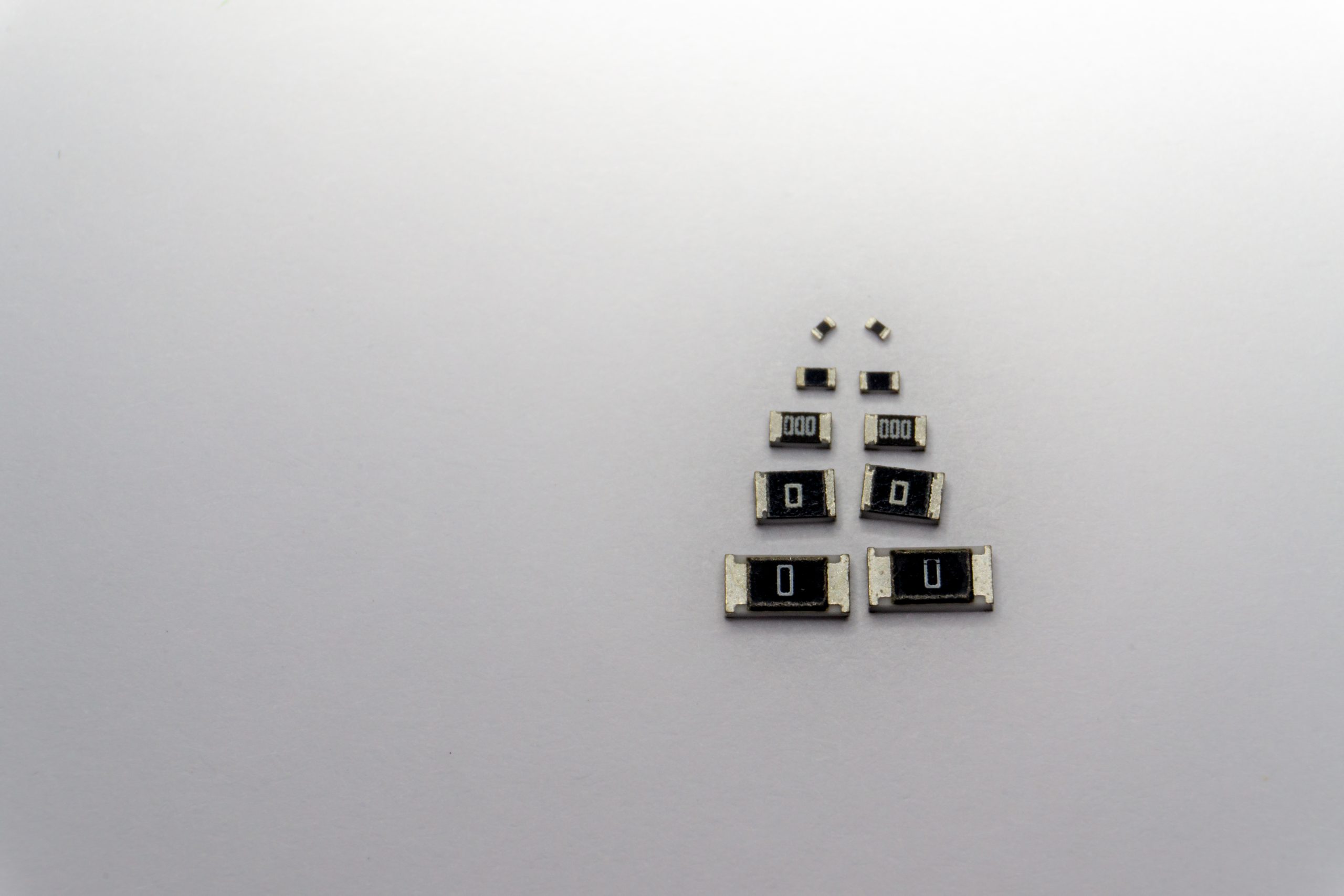Tin Whisker Trials & Tribulations - A Solution to Micro Component Tinning
It’s a well-known fact (there are hundreds of technical papers confirming) that Tin Whisker filaments can grow uncontrollably from tin plating. The danger comes when one of these filaments peels off the tin and connects with an adjacent component causing a short.
When the EU Restriction on Hazardous Substances (RoHS) directive came into place, the High Reliability industry braced itself for an influx of tin whisker issues. That was back in 2011 and thankfully since several techniques and applications to tame the tin needles have been identified.
The Solder Dip Solution
The most common method to eliminate tin whiskers is to convert the plating from ‘lead-free’ (tin plating) to tin/lead plating. The process is carried out by simply dipping a component’s terminations into tin-lead solder. High Reliability industries (aerospace/defence/medical) are allowed dispensation to use tin/lead solder, as they cannot run the risk of tin whiskers long term. Unlike, commercial products such as phones/laptops that have a much shorter life cycle.
However, it’s still not that simple as the conversion process needs to conform to a standard called GEIA which strictly controls dip time and temperature, plus it must be automated.
The problem is that 0402, 0603, and SOT chip capacitors cannot (until now) be handled in a manner that allows for automation. Such micro components are processed manually by someone picking them up with tweezers and hand dipping in a solder pot. It’s important to note that the success of solder dipping as a solution to protect against tin-whiskers directly depends on coating the exposed tin-plated surface (Electronic Design).
The Cut Corner Solution
Despite this knowledge, many manufacturers are rejecting hand dipping, instead believing that assembling PCBs with lead paste will resolve this issue. The consequence of this workaround is that the lead solder from the paste only covers the sides of the termination but does not reach the top surface. As widely reported by NASA, this process DOES NOT protect against the risk of Tin Whiskers.
Despite such clear evidence, the general thought process around the tinning of micro components such as capacitors and resistors is, “there is no suitable process that meets the GEIA standard, therefore it’s not a problem” so, issue a concession to bypass it. Or do the above which is a partial solution but not good enough.
The Retronix Solution
With the automated process designed exclusively by Retronix – Patent Pending – to tin micro devices such as 0402, 0603, SOT’s to GEIA standards, the industry finally has a comprehensive all-inclusive solution for tinning requirements.
- The automated micro tinning process is carried out on our plating systems.
- The lead-free capacitors are picked up by a specially designed tool that can hold multiple devices at a time.
The devices are moved to the fluxing station & then accurately over the solder wave. The pre-programmed automated system ensures the dip is precise & consistent.
Click HERE to learn more about our Micro Device Hot Solder Dip Process – Patent Pending.




